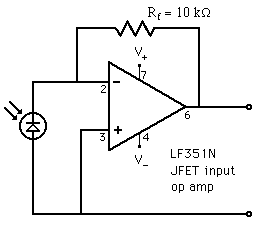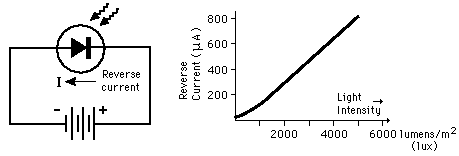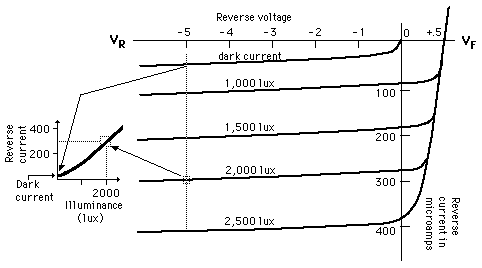Photodiode Light Detector
| This light detector is a current-to-voltage converter. The FET input op-amp prevents the loading of the photodiode and the voltage at the output is proportional to the current in the photodiode. So long as the photodiode response to the light is linear, the output voltage is proportional to the light falling on the photodiode. |
 |
Optoelectronics concepts
Electronics concepts
Op-amp concepts
| HyperPhysics*****Electricity and magnetism | R Nave |



